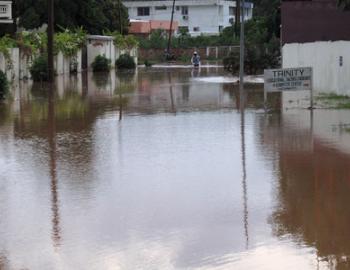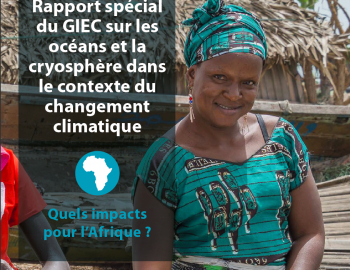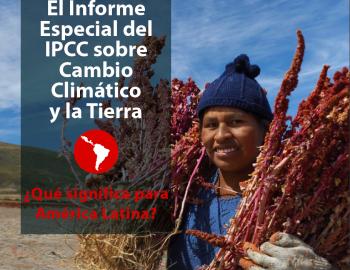REPORT: Strengthening climate resilience in African cities – A framework for working with informality
REPORT: Strengthening climate resilience in African cities – A framework for working with informality
What opportunities and challenges does climate compatible development present in the context of rapidly growing cities across the African continent, where two key features are widespread: informality and deeply entrenched inequality? Informality comes in many forms, including settlement on unplanned land without public services and bulk infrastructure; unregistered housing construction and transfer; informal and insecure jobs; and unregulated trade and service provision.
In the light of the threats posed by changing climatic conditions and the prevailing realities of economic and political disempowerment, how might we go about grounding and working with the idea of climate compatible development so that we can envision and build new urban futures in cities across Africa that are vibrant, inclusive and sustainable?
These are the questions explored in a new report by the African Centre for Cities and CDKN: Strengthening climate resilience in African cities – A framework for working with informality by Anna Taylor and Camaren Peter (African Centre for Cities).
This document is intended mainly for use by city practitioners operating in local government agencies and civic organisations. It distils a set of eight principles for engaging in such development work, and suggests an eight-step process as a guide for undertaking climate compatible development in African cities that factors in climate dynamics alongside the socioeconomic, spatial and political dimensions of development.
The eight steps for climate compatible development in African cities are:
1: Develop a vision for alternative city futures and development pathways;
2: Map multi-scale climate sensitive linkages to the informal sector;
3: Assess current local climate vulnerabilities with slum dwellers;
4: Consider future vulnerability using climate projections;
5: Identify options and leverage points and opportunities for adaptation;
6: Assess mitigation co-benefits;
7: Prioritise implementation of adaptation options;
8: Establish mechanisms for tracking, learning and adjustment.
The proposed model and framework for climate compatible development in African cities is based on a review of relevant literature, stakeholder interviews and site visits in Accra (Ghana), Addis Ababa (Ethiopia), and Kampala (Uganda), and two expert workshops hosted in Cape Town (South Africa). It reflects the current state of CDKN and ACC’s thinking and will form a basis for ongoing collaboration and learning between CDKN, ACC and their counterparts in various African cities. The authors are interested in how this framework might be applied and adapted in designing, planning, tracking, revising and scaling up climate compatible development interventions; and they invite readers to share their views, experiences and examples to help shape the framework in the future.



